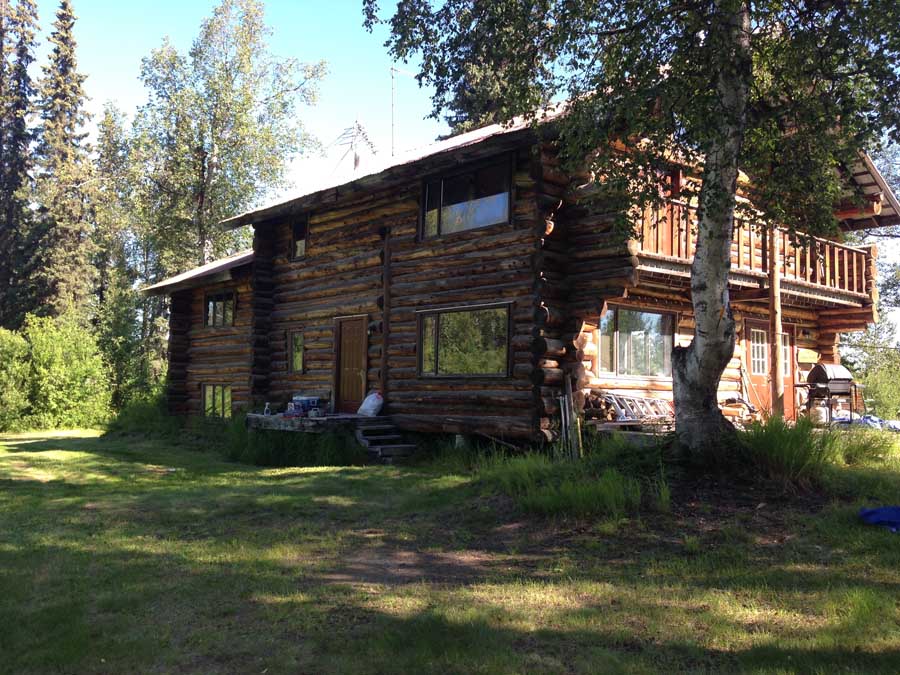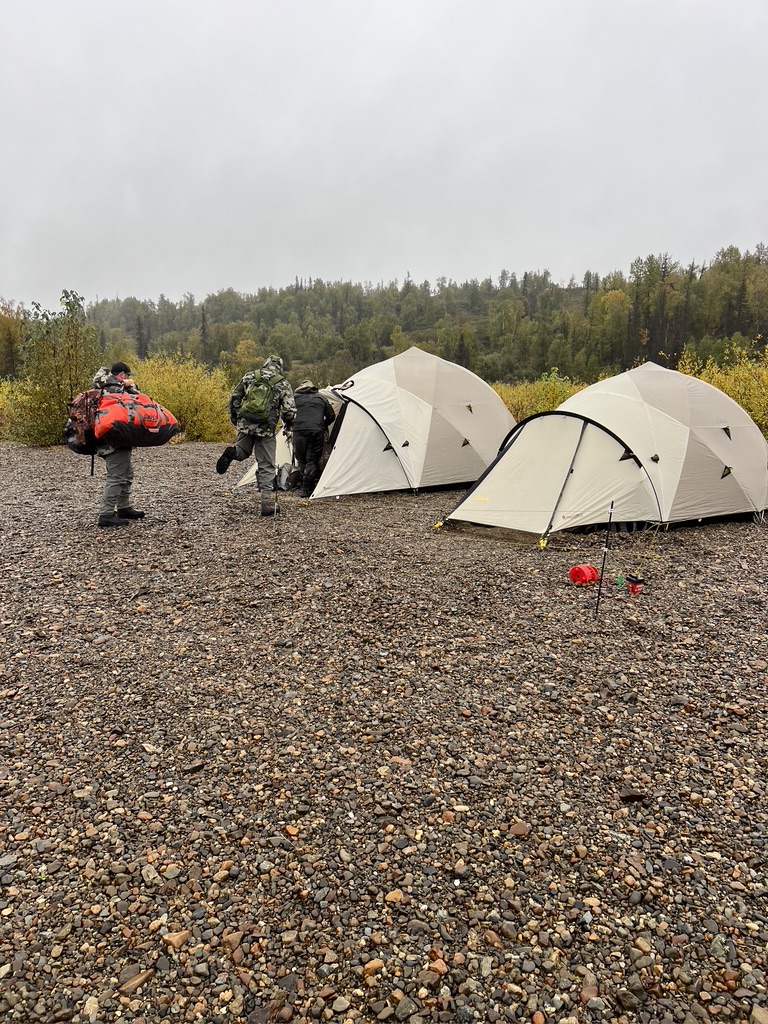General Information
- Costs Include: Fully equipped camps, guide services, all transportation from Anchorage in the field and back to Anchorage, meals, and field preparation of trophies.
- Costs Exclude: Hunting license, big game tags, hotel accommodations before and/or after the hunt, meat processing and shipping in Anchorage, personal liquor and gratuities.
- Once you have signed a contract and booked your hunt, Alaska Hunting will send you a receipt along with additional information regarding your specific hunt and recommended gear list.
- Helpful Links:
Hunting and Fishing License: http://www.adfg.alaska.gov - You can call me directly with any questions
907-830-4968
Alaska Gear List
I recommend going over the list with you over the phone. Luke Miller 907-830-4968
Sleeping Bag—A good, quality constructed sleeping bag rated to -20. Mummy style bags are preferable since they pack into smaller spaces and retain more body heat than conventional box designed bags.
Breathable chest waders —Crossing small creeks and slogging through boggy tundra is a daily occurrence in much of Alaska. Therefore, a set of chest waders is more convenient and comfortable.
Hunting Boots—A good set of well broken-in waterproof, and breathable hunting boots are nice to have in certain areas—to save pack weight, these boots should be worn to Alaska as your normal footwear.
Camp Shoes—For lounging around the lodge after the day’s excursion, or gathering wood behind the tent, a comfortable set of camp shoes will be welcomed by your tired feet.
Under layer—Since weather in Alaska is often the epitome of extremes, plan on hunting conditions that range from -20 to 70 degrees Fahrenheit. Layering is the key to meeting these ever changing conditions. Avoid cotton items next to your skin and start with a good, perspiration wicking underlayer.
Shirt—A warm, quick drying shirt is perfect for layering over your thermals.
Pants—Comfortable, windproof pants are great for layering or wearing around camp.
Insulation—After a good base of moisture wicking long underwear, an insulating layer that can be removed or added depending upon the conditions should follow.
Outerwear—To top everything off, Alaskan Hunters will need an outer shell that is warm, waterproof, breathable and quiet.
Rainwear—I recommend two sets of rain gear one breathable and one rubber.
Insect Proof—Depending upon the time of the year, biting flies and mosquitoes may be a problem.
Headwear—Since the human body losses over 30% of its heat through the head, a hat or stocking cap is useful for regulating your body temperature as well as staying warm in frigid conditions.
Socks—In order to keep your feet warm, comfortable and blister free, a combination of quality socks should be worn. For a normal weeklong hunt, six pairs of each should be brought.
Insulated Gloves—Keeping your hands dry and warm for that moment of truth is an important consideration in the Alaskan bush, where days can be cold and wet.
Leather Gloves—For hiking and climbing over rocks, leather gloves protect your hands and are more abrasion resistant than ordinary insulated gloves.
Binoculars—A good set of binoculars that won’t fog or induce eye fatigue after a day of glassing is indispensable in Alaska.
Soft Case—If a bush plane ride is in your plans, your rifle will need to be in a soft rifle case.
Hard Case—For road or airline transport a hard rifle case is required.
Knife—From gutting to skinning to camping, a sharp, well-designed knife is mandatory.
Knife Sharpener—In order to keep your knife sharp while afield, a pack-sized sharpener is ideal.
Headlamp—For hiking or working around camp after dark, headlamps are ideal for keeping your hands free and your work area well lit.
Rifle Cleaning Kit—A week of wet hunting can do irreversible damage to your firearm if it is not properly cleaned at the end of each day.
Dry Bag—For wet weather or on a float trip, a large Dry Bag is a must.
Water Bottles—Drinking water while afield is always a concern, a collapsible or hard water bottle should be included in your pack.
Personal Gear—Every hunter should include his own personal gear such as pillow case (stuff clothes inside for a comfortable pillow), toothbrush, lip balm, eyeglasses, sunglasses, tissues, sunscreen, pain relievers, and any necessary medication.
Backpack- Medium size day pack. The temperature changes extra gear is a must.









